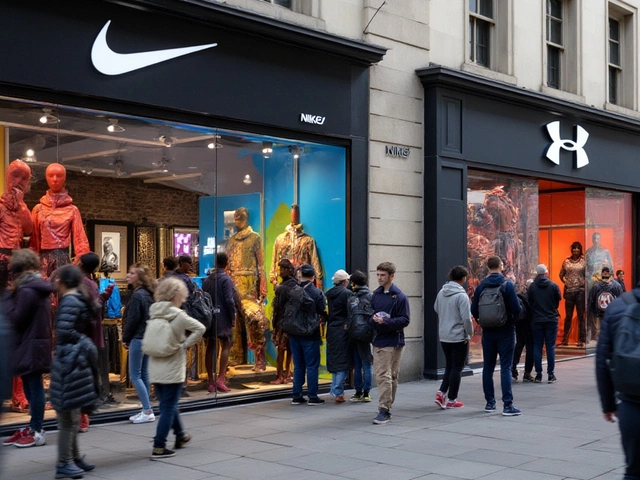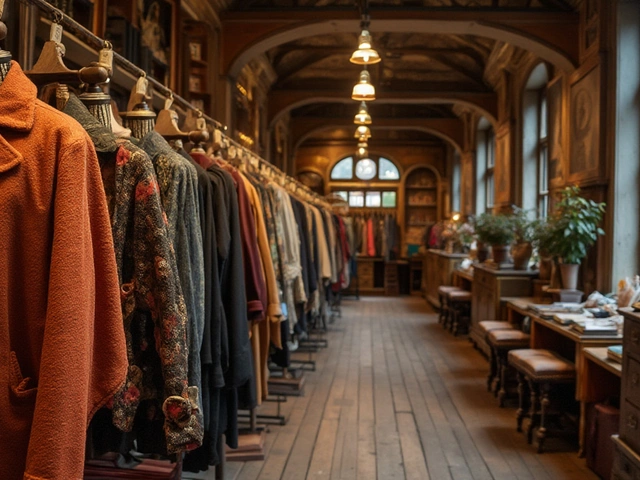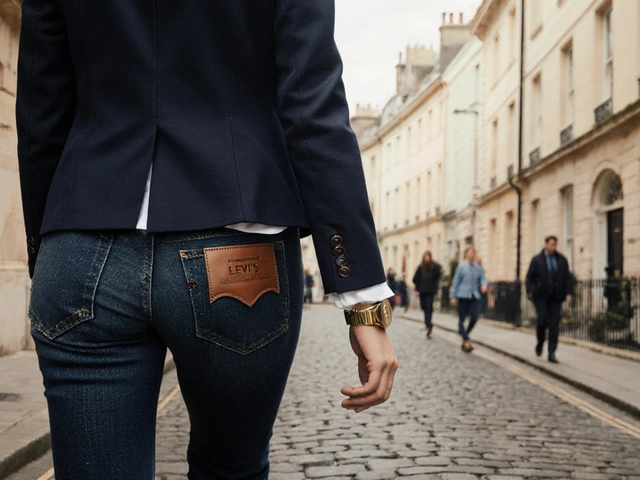Shoe Size Guide – How to Get the Right Fit Every Time
Ever bought shoes online that felt too tight or too loose? It’s not luck – it’s a sizing issue. Getting the right shoe size is the first step to comfort, style, and longevity of any pair. Below you’ll find a no‑nonsense approach to measuring, converting and choosing shoes that actually fit.
Measure Your Feet Like a Pro
Start with a piece of paper, a pen and a ruler. Stand on the paper, trace the outline of each foot, and measure the longest distance from heel to toe. Do this at the end of the day when your feet are at their biggest. The longer foot dictates your size – if one foot is a half‑size larger, go with that.
Convert the measurement to centimeters or inches (most brands list both). For example, a foot that measures 25.5 cm usually falls into a UK 6, US 7, EU 39. Keep a small notebook of your numbers; it saves you time when you shop.
Understanding Size Charts and Conversions
Every brand has its own chart, but most follow a similar pattern. Look for a “Size Chart” link on the product page and match your measurement to the column that lists foot length. If the chart gives a range (e.g., 25‑26 cm = UK 6‑6.5), aim for the larger number if you’re on the border.
When you’re buying from an overseas site, use a reliable conversion tool. Remember that US men’s sizes are roughly one size bigger than US women’s, while UK sizes are about one size smaller than US. A quick cheat sheet:
- UK 5 = US 6 = EU 38
- UK 6 = US 7 = EU 39
- UK 7 = US 8 = EU 40
Don’t rely on memory alone – sizes shift between collections, especially with designers who experiment with fit.
Now that you have the basics, here are three practical tips you can apply right away.
1. Check the return policy. Even with perfect measurements, a shoe can feel different because of its shape, material or arch support. A flexible return window lets you try them at home and send back the ones that don’t work.
2. Try the “thumb rule”. When you put the shoe on, you should be able to slide a fingertip between the tip of your longest toe and the front of the shoe. If it’s tighter, the shoe will pinch after a few steps.
3. Pay attention to width. Many brands offer narrow (N), regular (M) and wide (W) options. If the shoe feels snug around the ball of your foot, move up a width even if the length is spot‑on.
Our tag page pulls together articles that touch on shoe sizing indirectly – from the latest sneaker releases to tips on maintaining leather shoes. Use those reads to see how different styles affect fit. For example, a chunky sneaker often needs a size up compared to a sleek leather boot.
Bottom line: measuring correctly, using the right chart, and testing fit at home are all you need to avoid return headaches. Next time you click “add to cart”, you’ll know exactly what size to choose, and your feet will thank you.

Should Your Toes Touch the End of Your Shoes When Walking? Fit Guide and Toe Room Rules
Wondering if toes should touch your shoe's end when walking? Get the exact toe room, fit tests, pro tips, and fixes for pain, numbness, and black toenails.

Jennifer Aniston's Shoe Size and Fashion Impact: From Sneakers to T-Shirts
Jennifer Aniston, known for her timeless style, has influenced fashion trends for decades. Her shoe size is a topic of interest for many fans who adore her effortlessly chic look. This article explores Jennifer Aniston's shoe size and its significance in her wardrobe choices. Take a look into how her iconic footwear complements her casual yet sophisticated t-shirt outfits and impacts her overall fashion sense.




